Captured English light tank Whippet. World War I
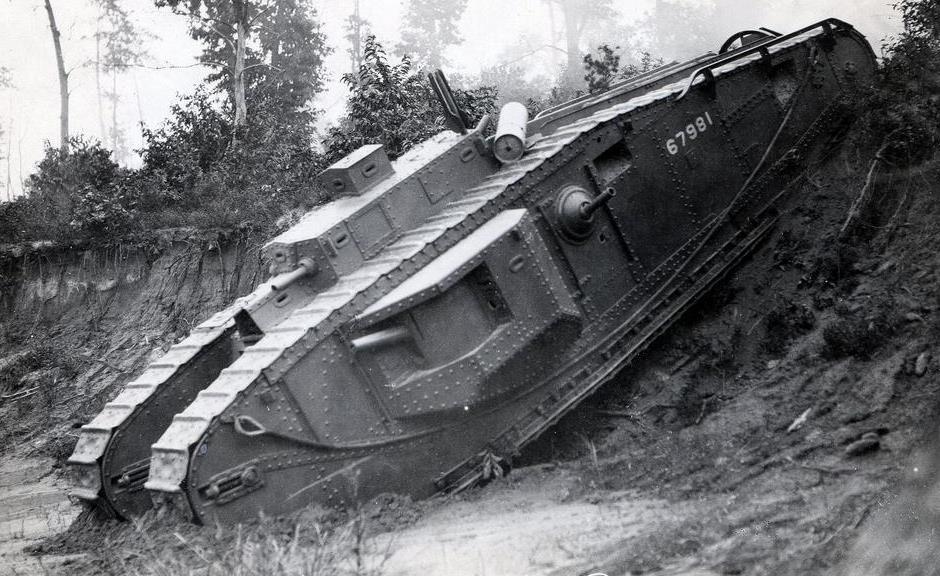
Mark VIII Liberty Tank
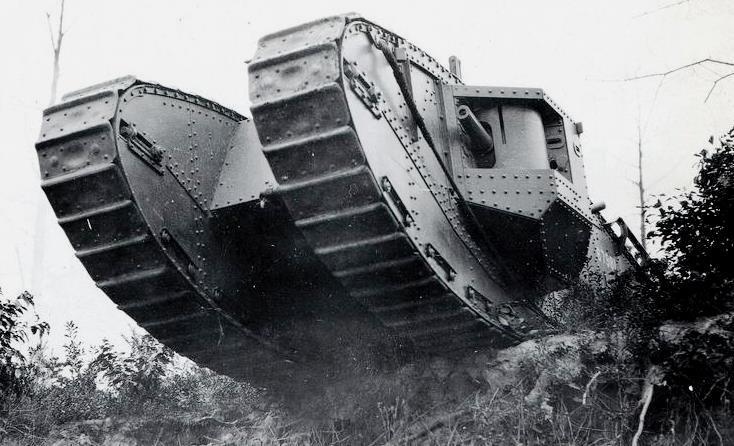
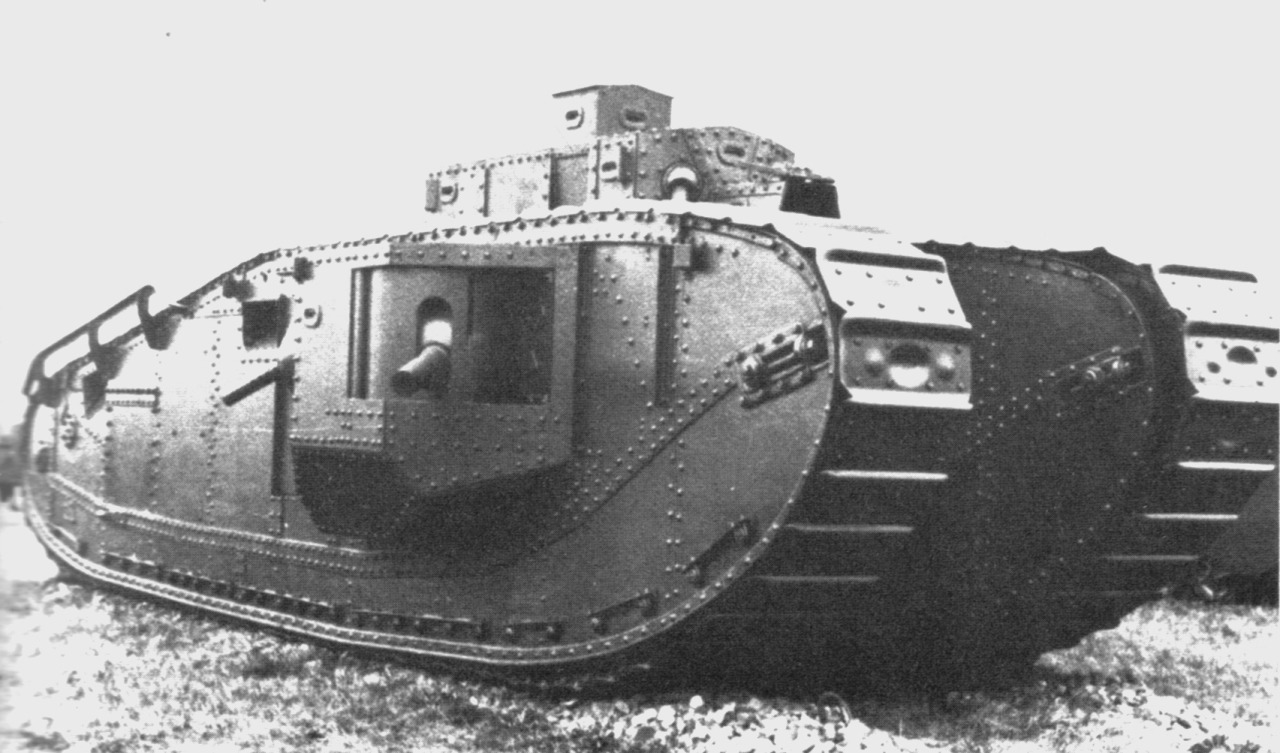
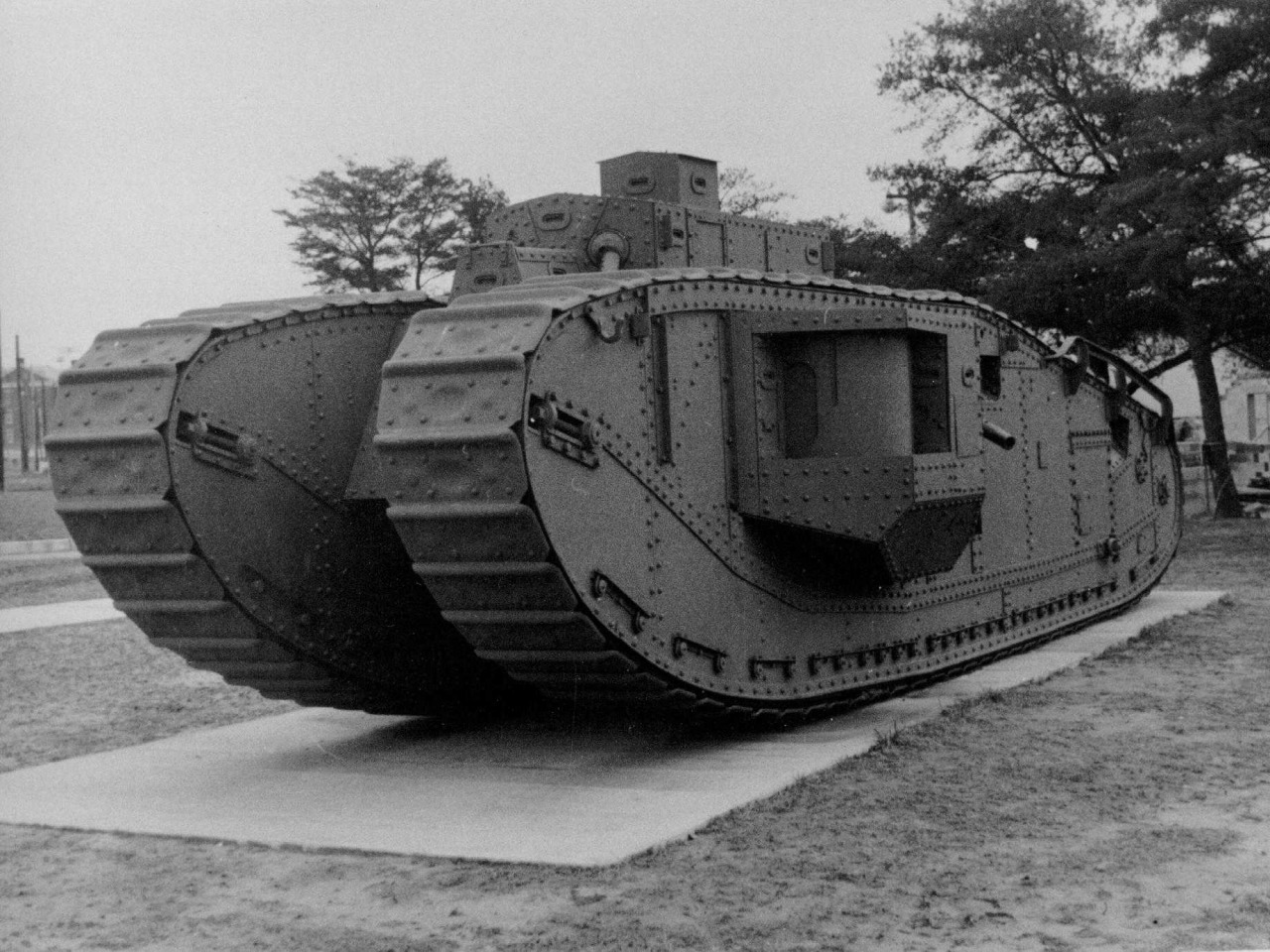
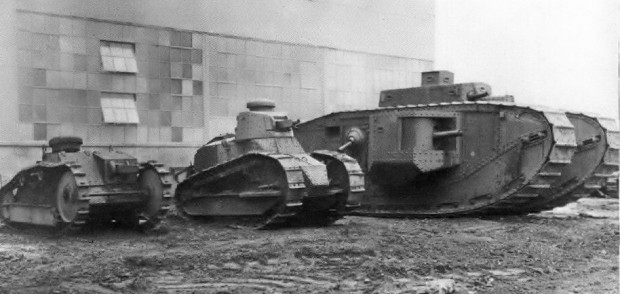

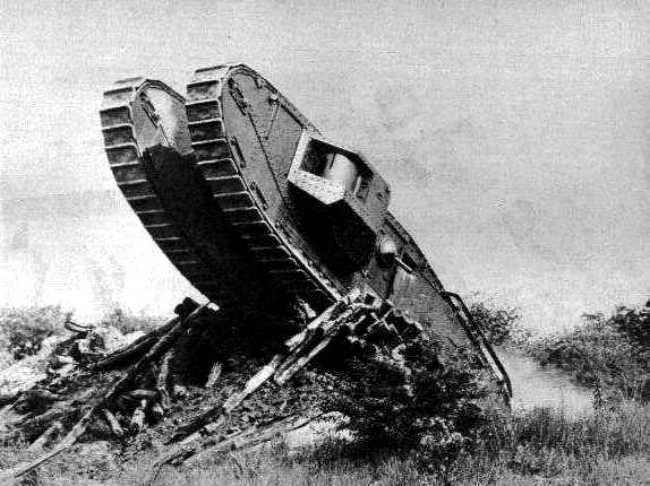
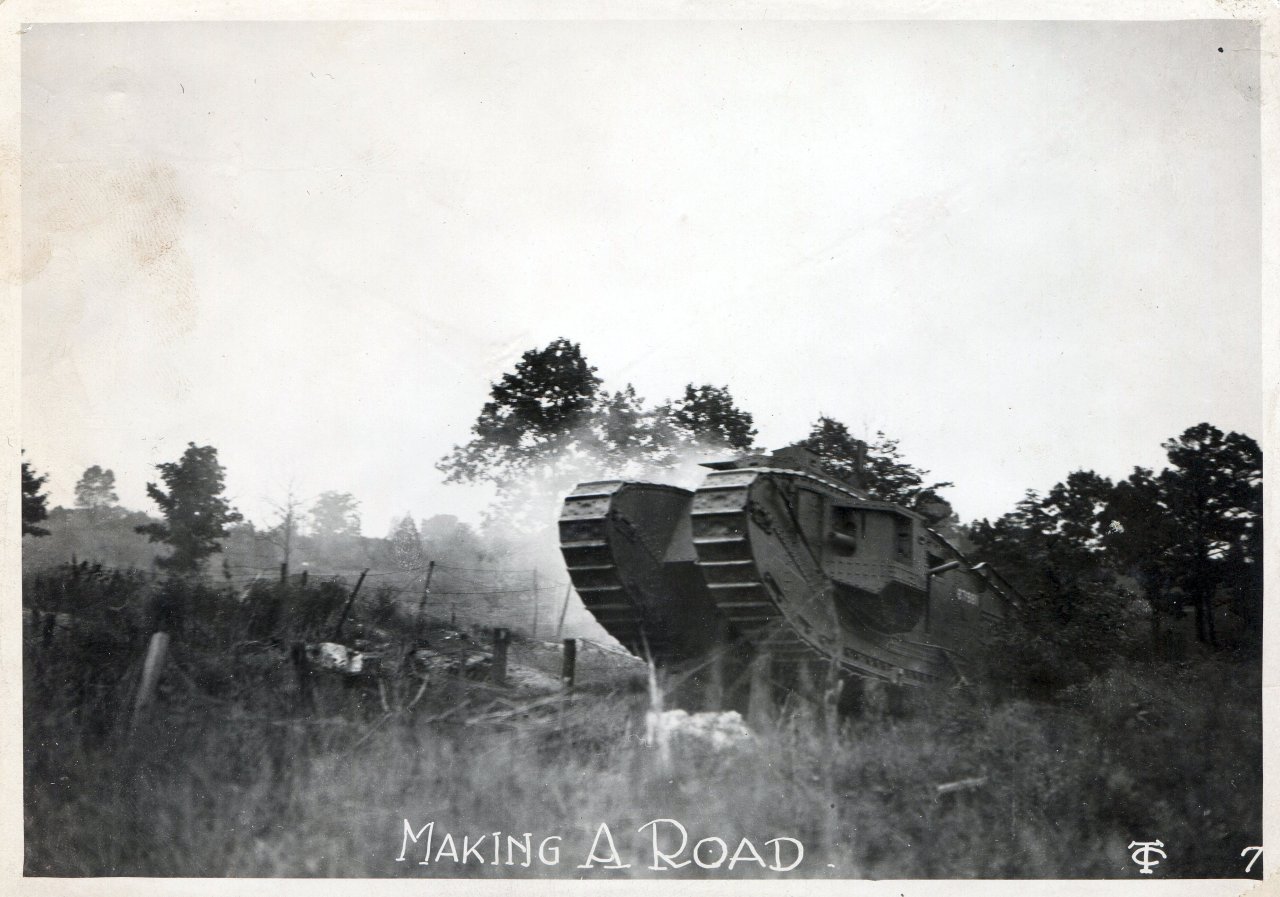



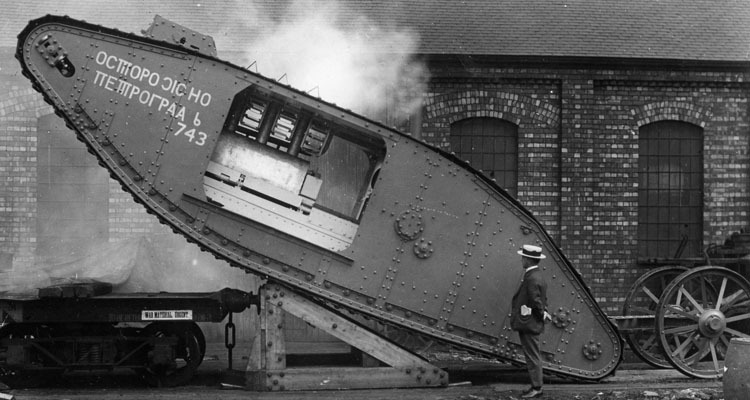
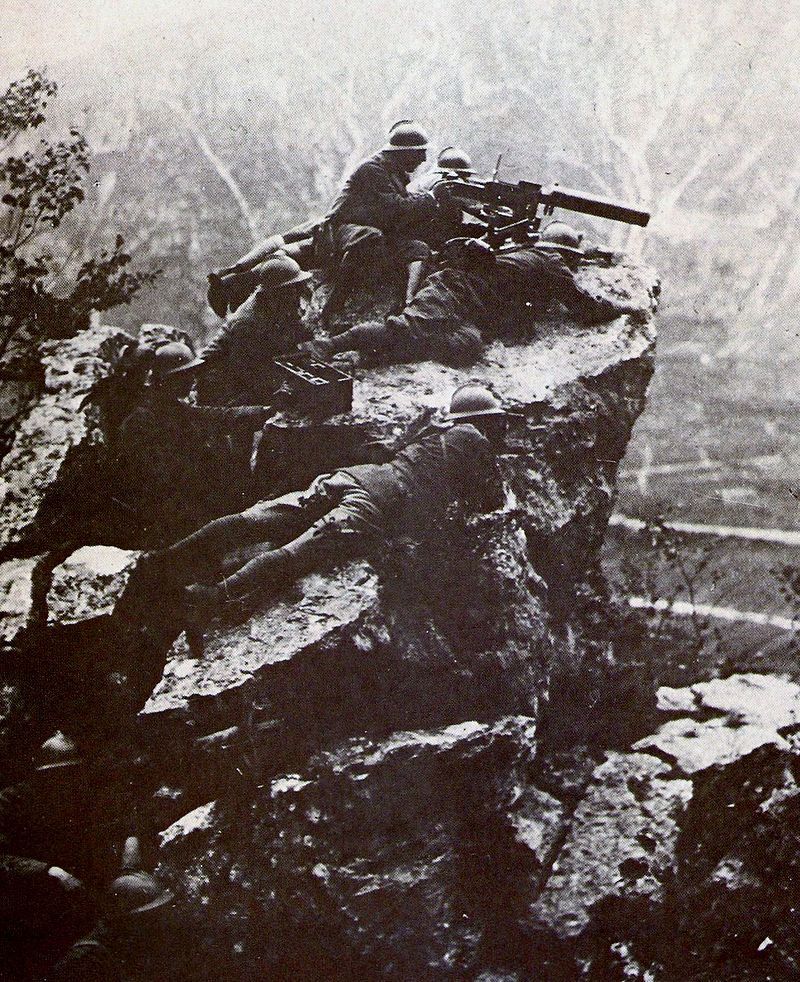

French soldier with “Mousqueton Winchester” M1894 .30-30 carbine c.1915~17
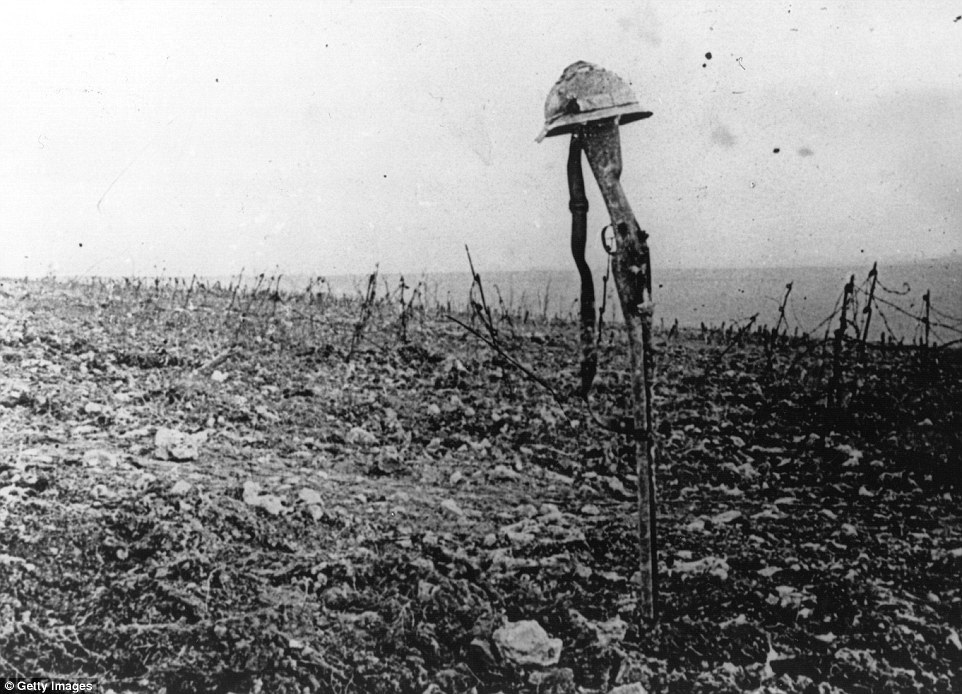
December 31, 1916
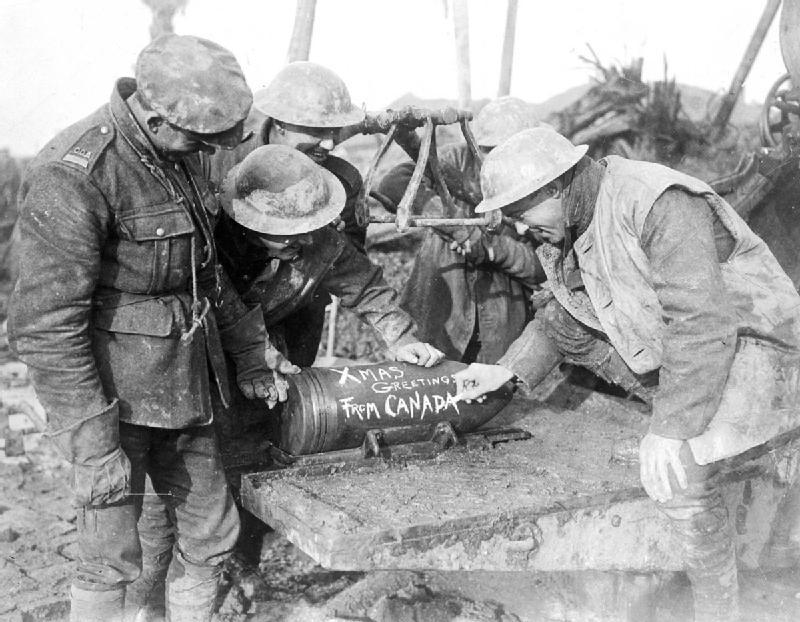

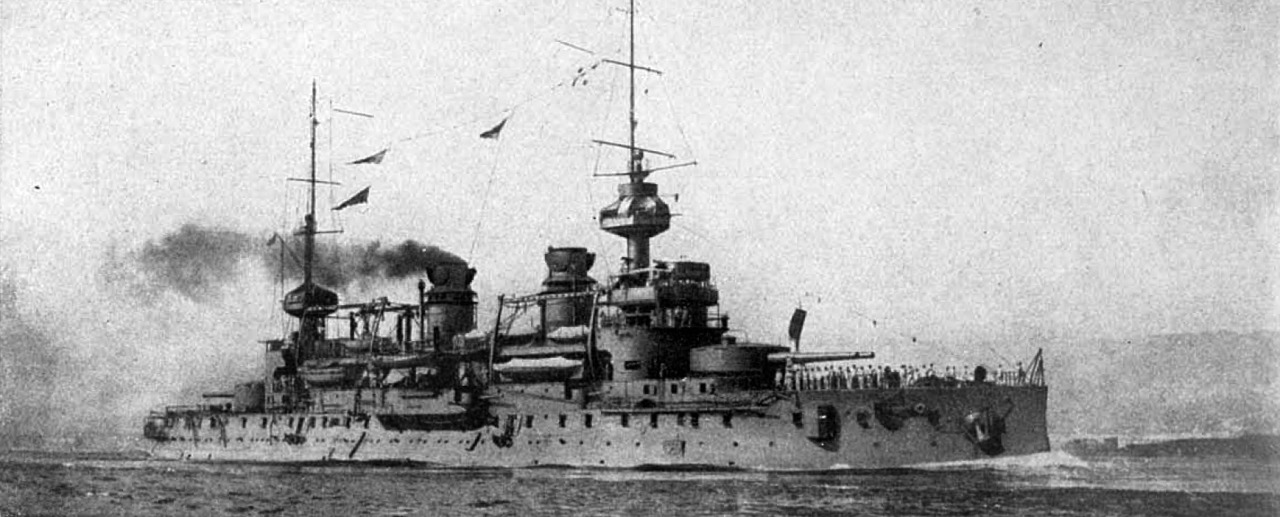
December 27, 1917 - French Battleship Gaulois Torpedoed in the Mediterranean


December 2, 1916 - Desperate Romanian Counteroffensive to Save Bucharest
Pictured - Romanian prisoners pass a destroyed artillery limber and dead horses.
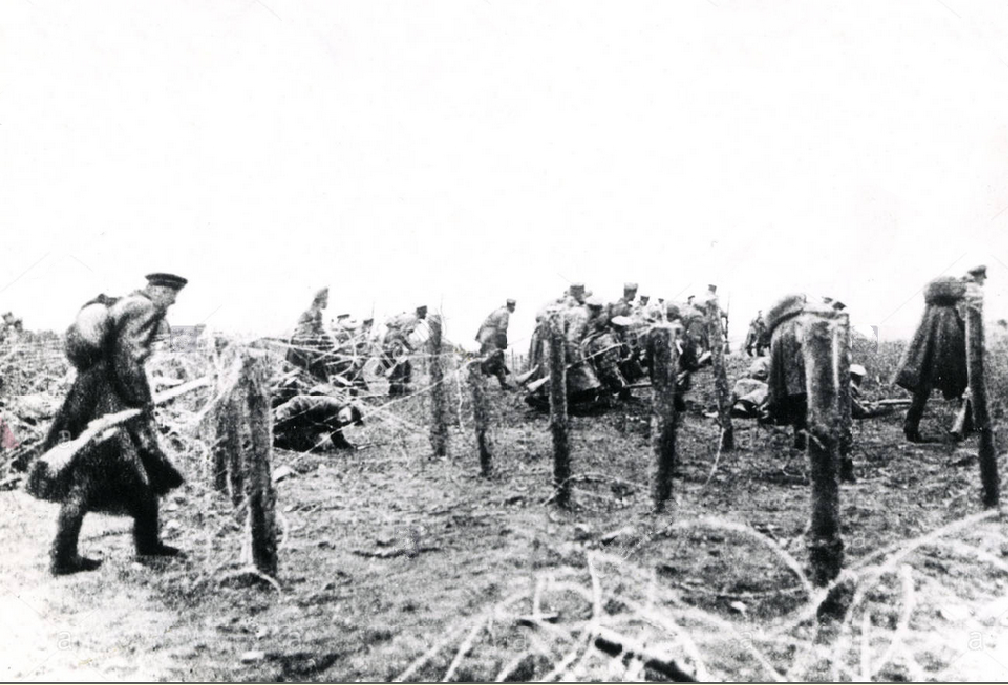
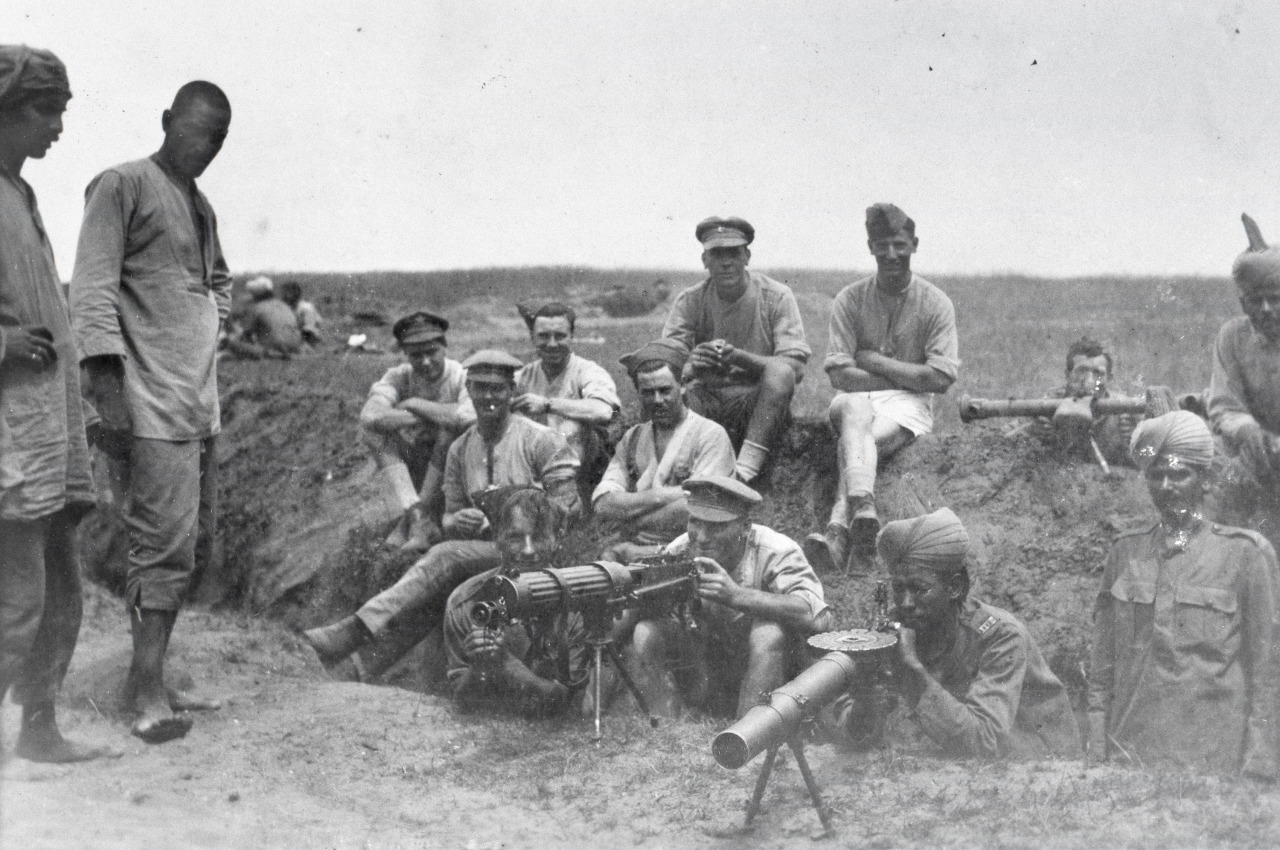
British and Indian machine gunners in Mesopotamia.
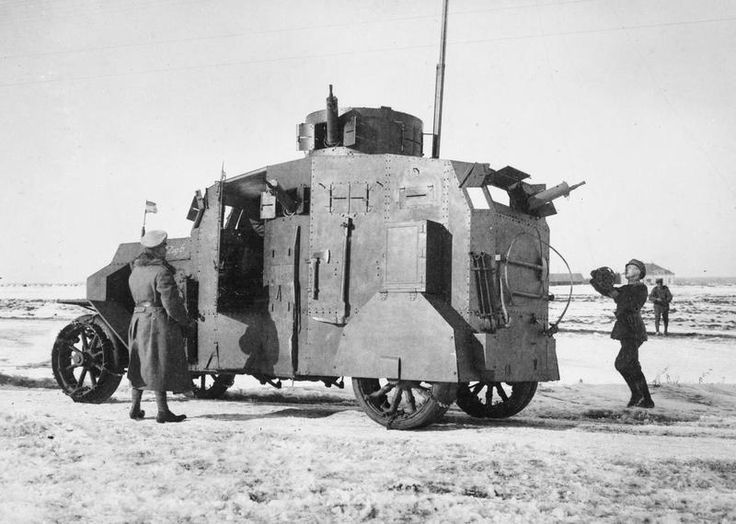
A German Ehrhardt E-V/4 armored car on the Eastern Front.

An Austro-Hungarian soldier on the Isonzo front, wearing straw shoes to protect his feet from the cold, c1916.
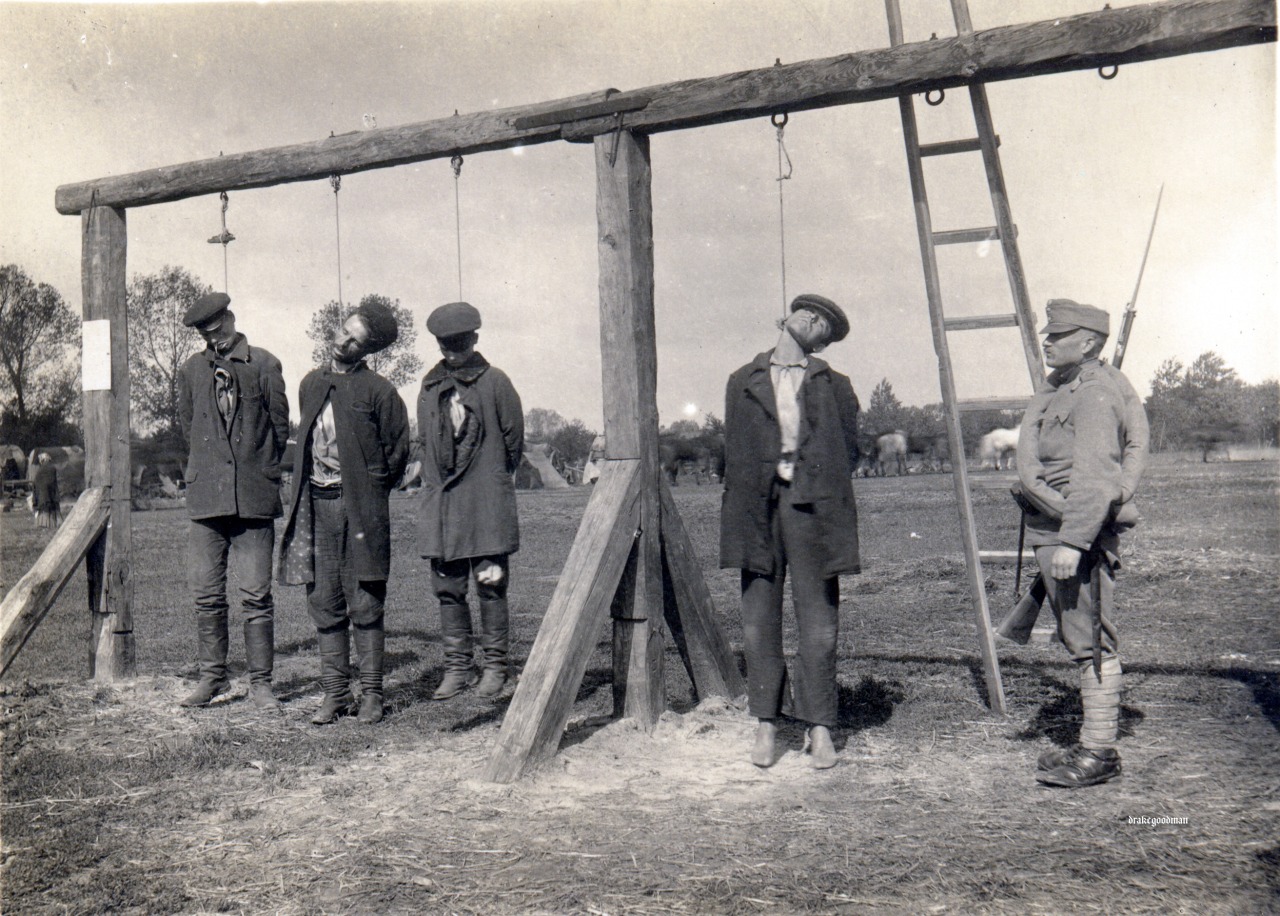
Polish civilians hanged by the Austro-Hungarian Army.
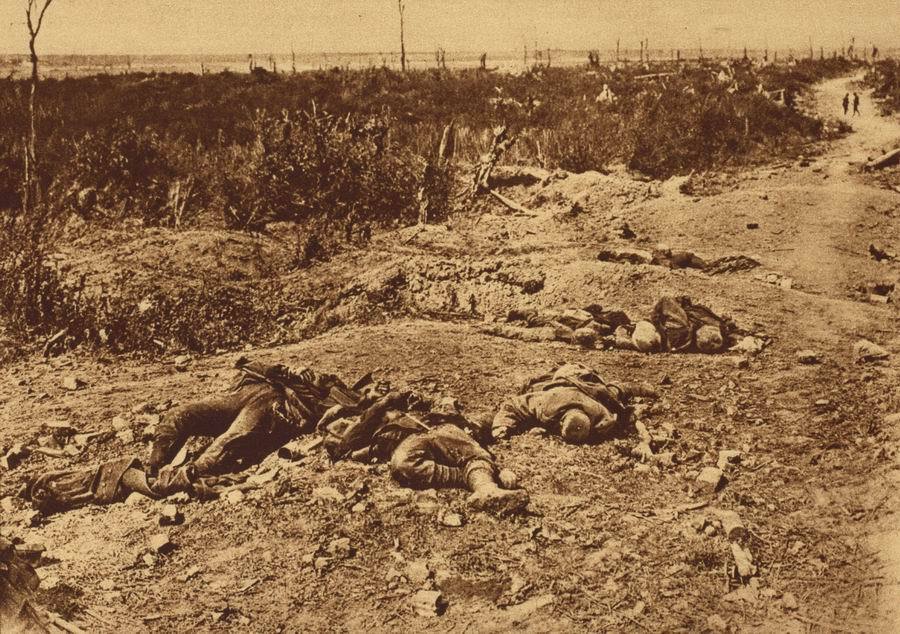
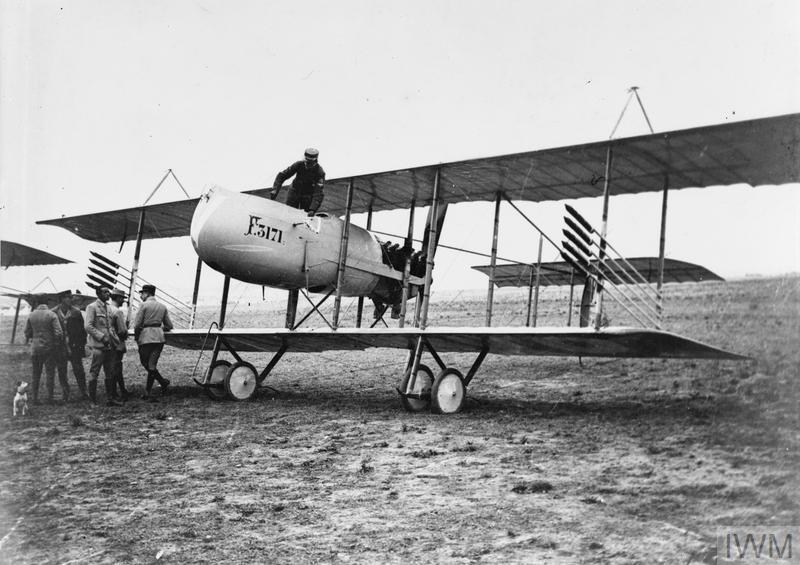
French Farman F.40P biplane (F3171),w Le Prieur rockets for Zeppelins, at aviation camp Salonika, Greece Nov 7 1916
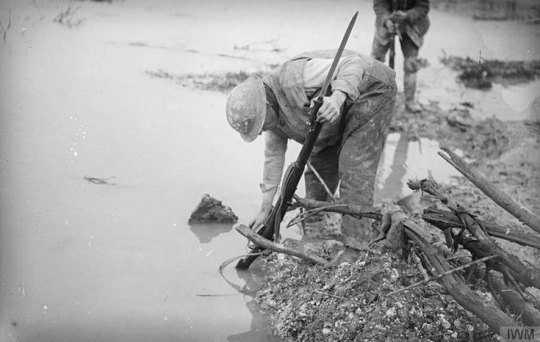


Fort Douaumont, before the Battle of Verdun, and after.
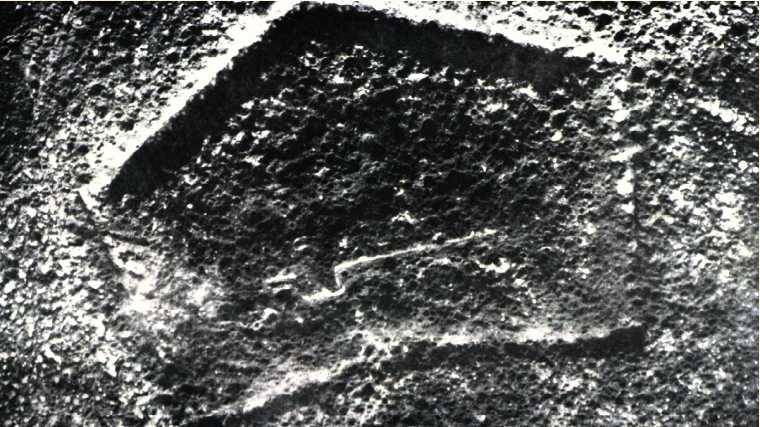
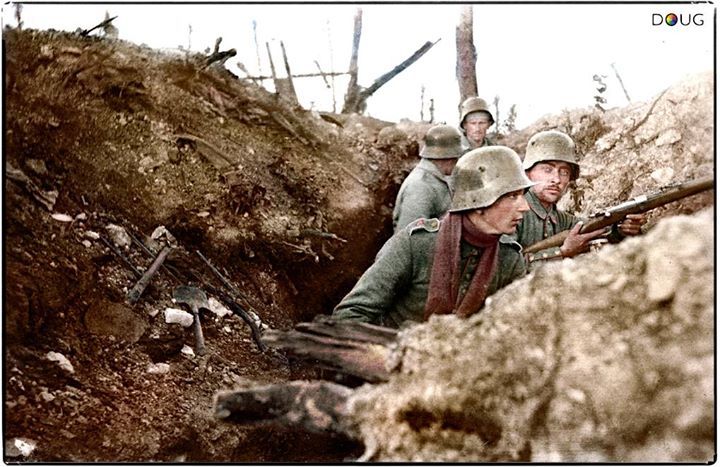
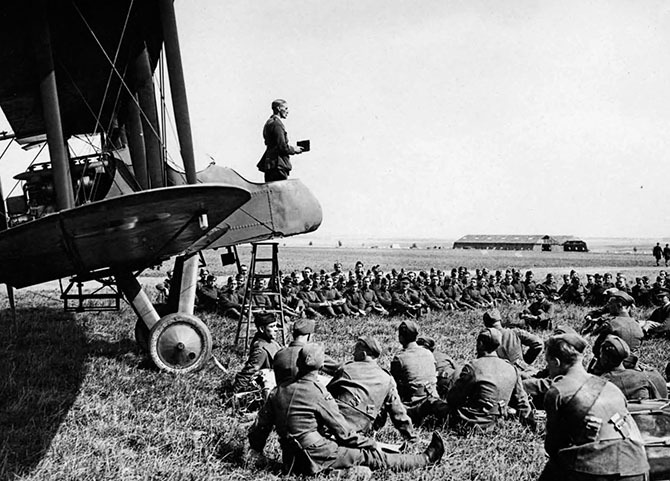
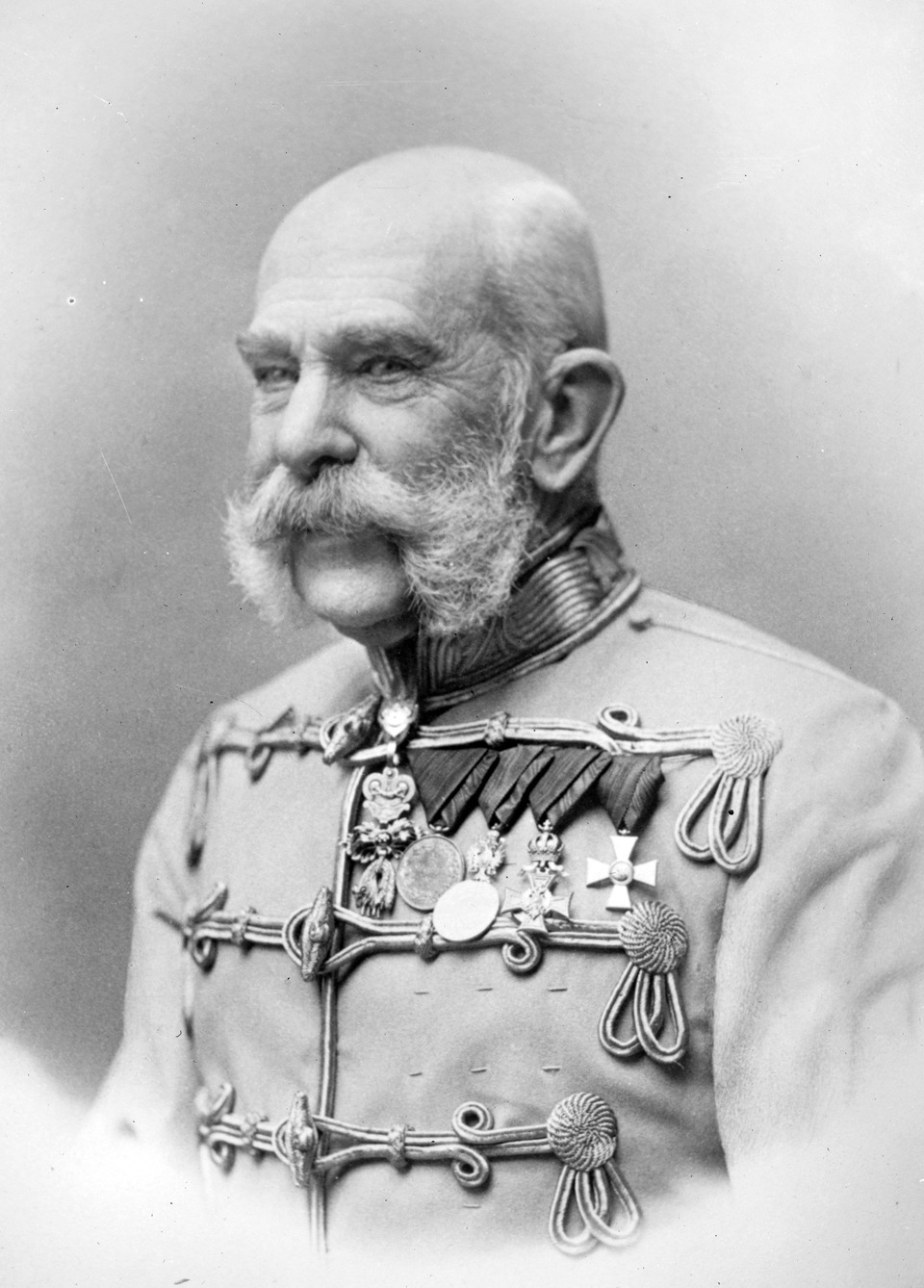
Pictured - Franz Josef I, Emperor of Austria and King of Hungary, Croatia, and Bohemia. His empire would not long survive his death.
Emperor Franz Josef I of Austria-Hungary expressed his “keen satisfaction” on November 20 upon receiving Woodrow Wilson’s telegram proposing a negotiated peace. Despite a bout of bronchitis, the 86-year-old Habsburg went to work as usual on official files. He had been an active monarch since becoming the Emperor of Austria in 1848, and had spent his life maintaining his European empire and resisting the forces of constitutionalism and nationalism. At his age, however, he could not play as large a role in managing the war effort in 1916, as he would have liked. His doctor persuaded him to go to bed on the afternoon of November 20, but nevertheless the old emperor ordered he be woken early the next day: “Tomorrow morning at half past three. I am behindhand with my work.”
His valet woke him on November 21, and Franz Josef spent his at work on official papers at he wanted. Then, just after 9, he suddenly died. He had ruled the Habsburg Empire for 68 years. Coincidentally, another death of note that November was Hiram Maxim, the inventor of the machine gun, who died in London age seventy-six.
The new Emperor of Austria-Hungary was Franz Josef’s 29-year-old nephew, Archduke Karl, now Karl I. Commanding a corps in Romania, the young new emperor was as different from his uncle as could be. He was committed to ethnic reconciliation in the empire and willing to offer self-government. Immediately he took up his uncle’s last work, hoping to negotiate a peace with the Entente that could see Austria-Hungary escape the war intact.
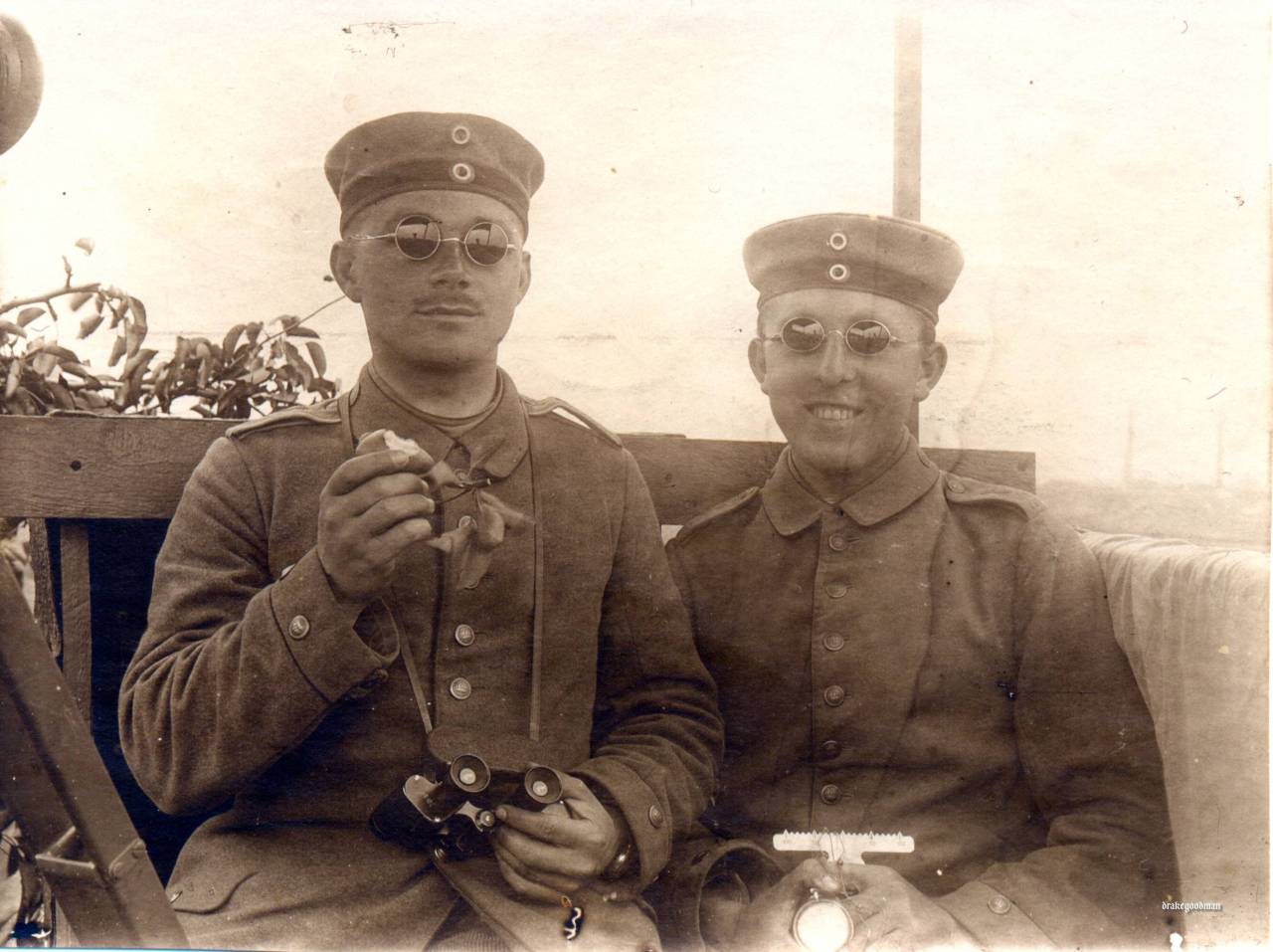
A pair of Germans wearing pairs of sunglasses, c. 1916.
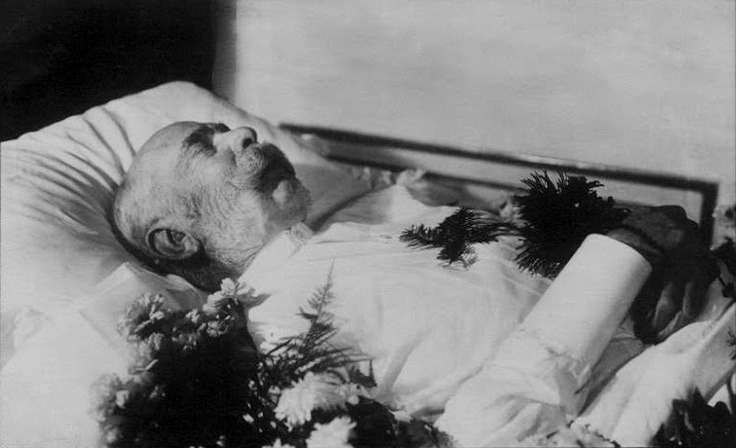
On the evening of 21 November 1916, Emperor Franz Joseph died in Schönbrunn Palace at the aged of 86. He ruled for nearly 68 years, the third-longest in the recorded history of Europe. His reign had witnessed a lot of significant events in history among this is the First World War.
The picture above is dated 22nd November 1916 and shows Emperor Franz Joseph one day after his death.
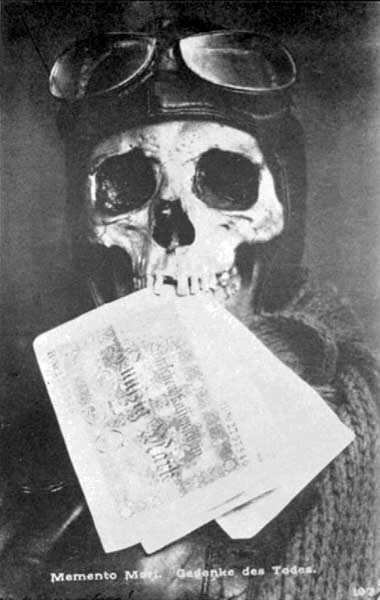
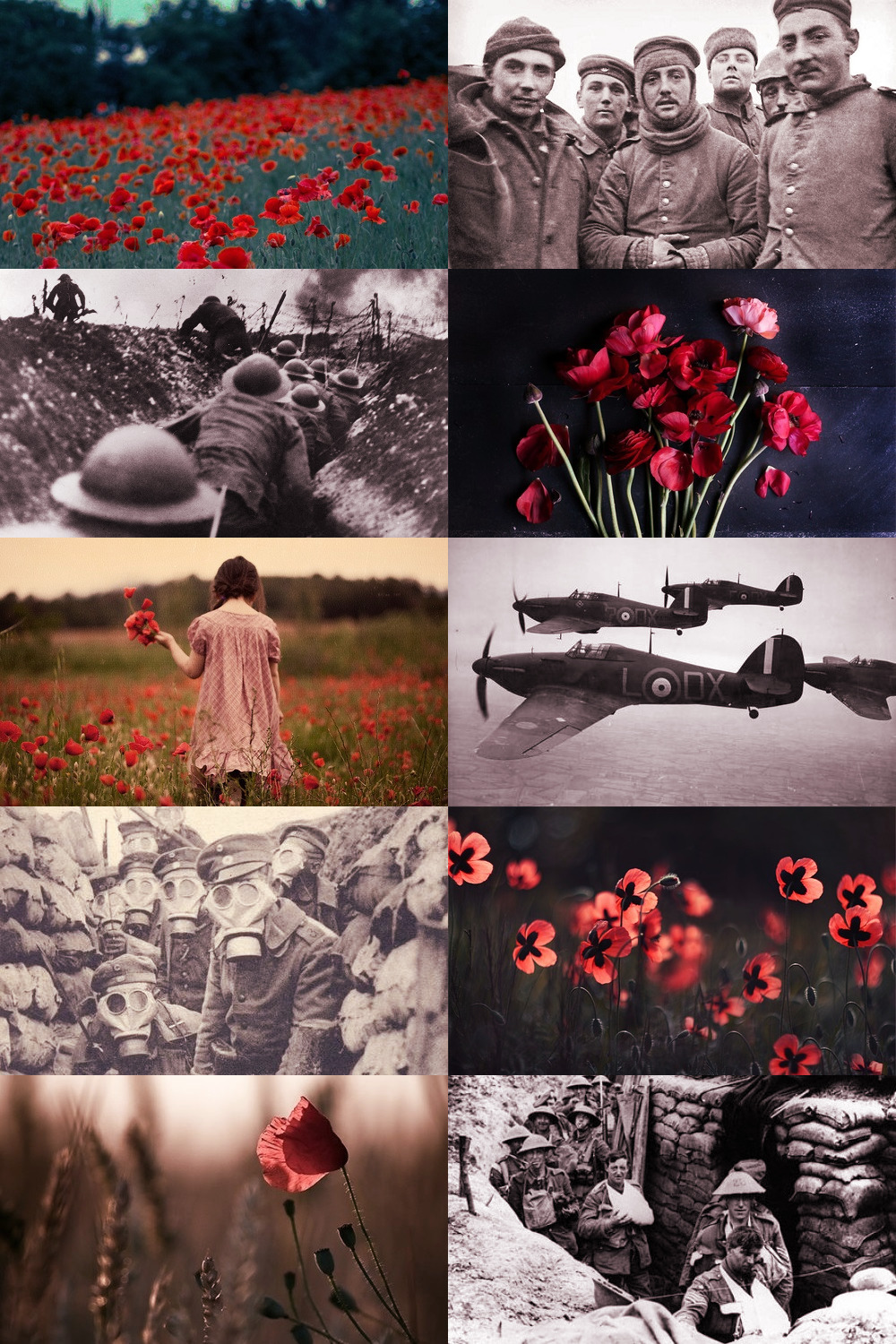
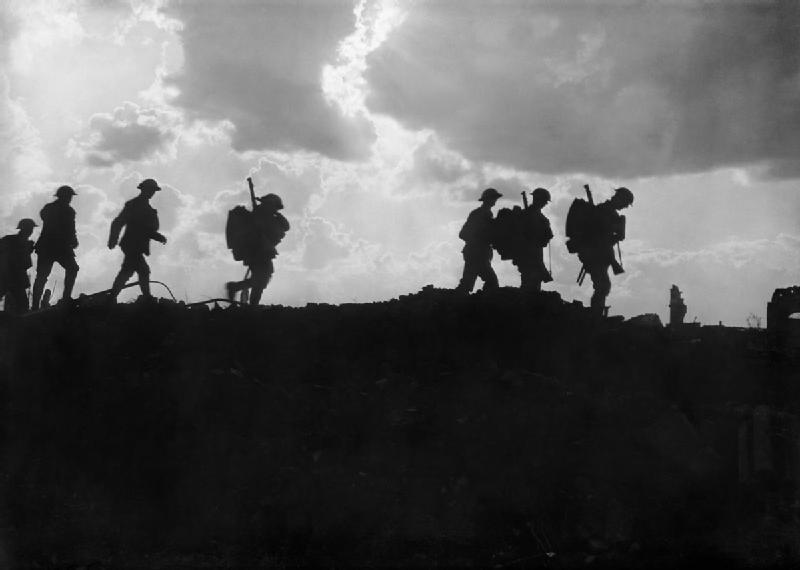
p.s.
23 июня 1932 года в Лондоне, Великобритания.







2024
Подробнее
Возврат
Подробнее
Возврат
Подробнее
БОИ ЗА БАСТОНЬ ГЛАЗАМИ НЕМЦЕВ
Подробнее
За что командир советской подлодки "Щ-408" получил орден Британской империи
Подробнее
За что командир советской подлодки "Щ-408" получил орден Британской империи
Подробнее
Германо-советский договор о дружбе и границе между СССР и Германией
Подробнее
Германо-советский договор о дружбе и границе между СССР и Германией
Подробнее
О пророчествах весны 1941-го.
Подробнее
Подборка
Подробнее